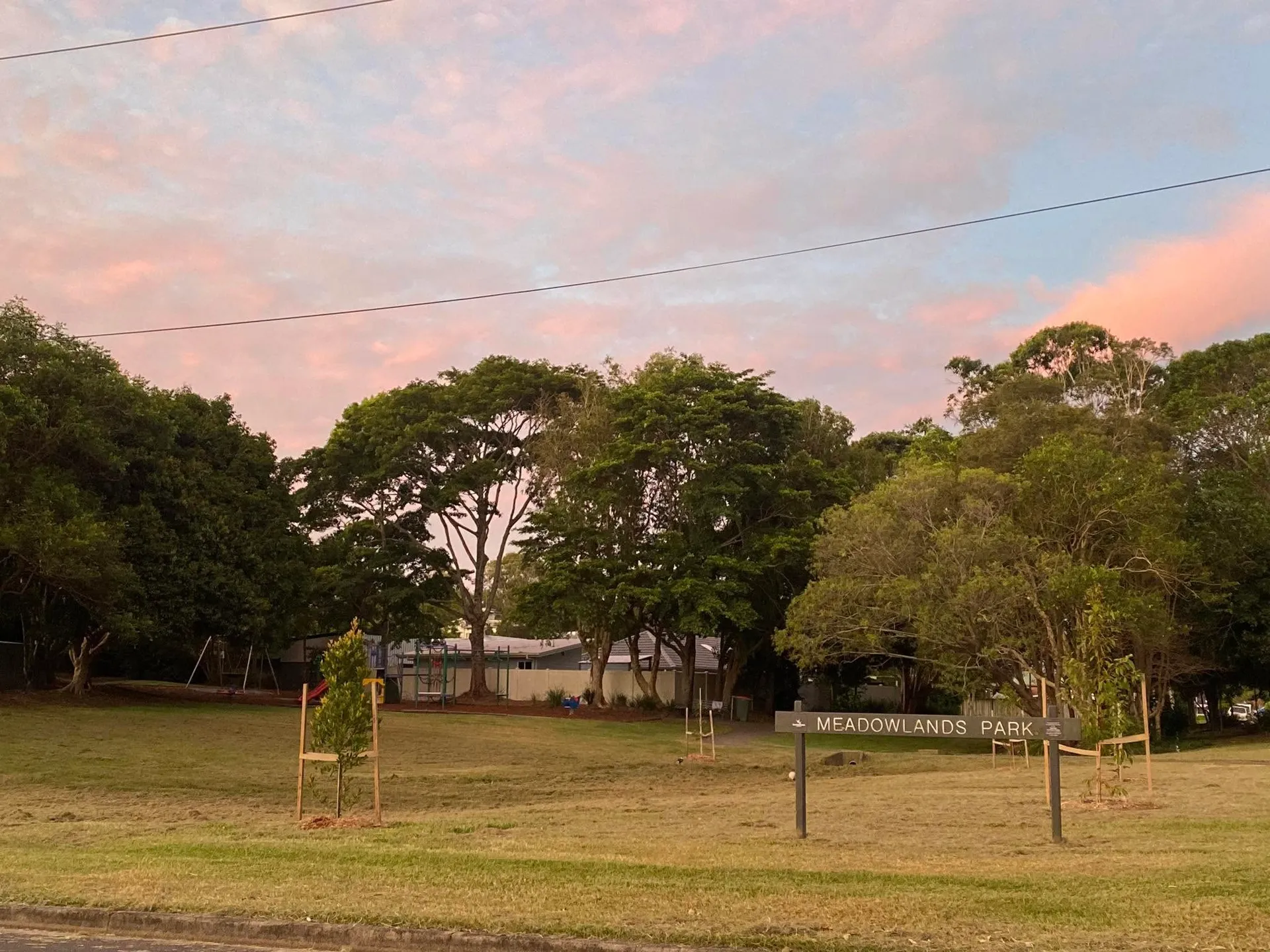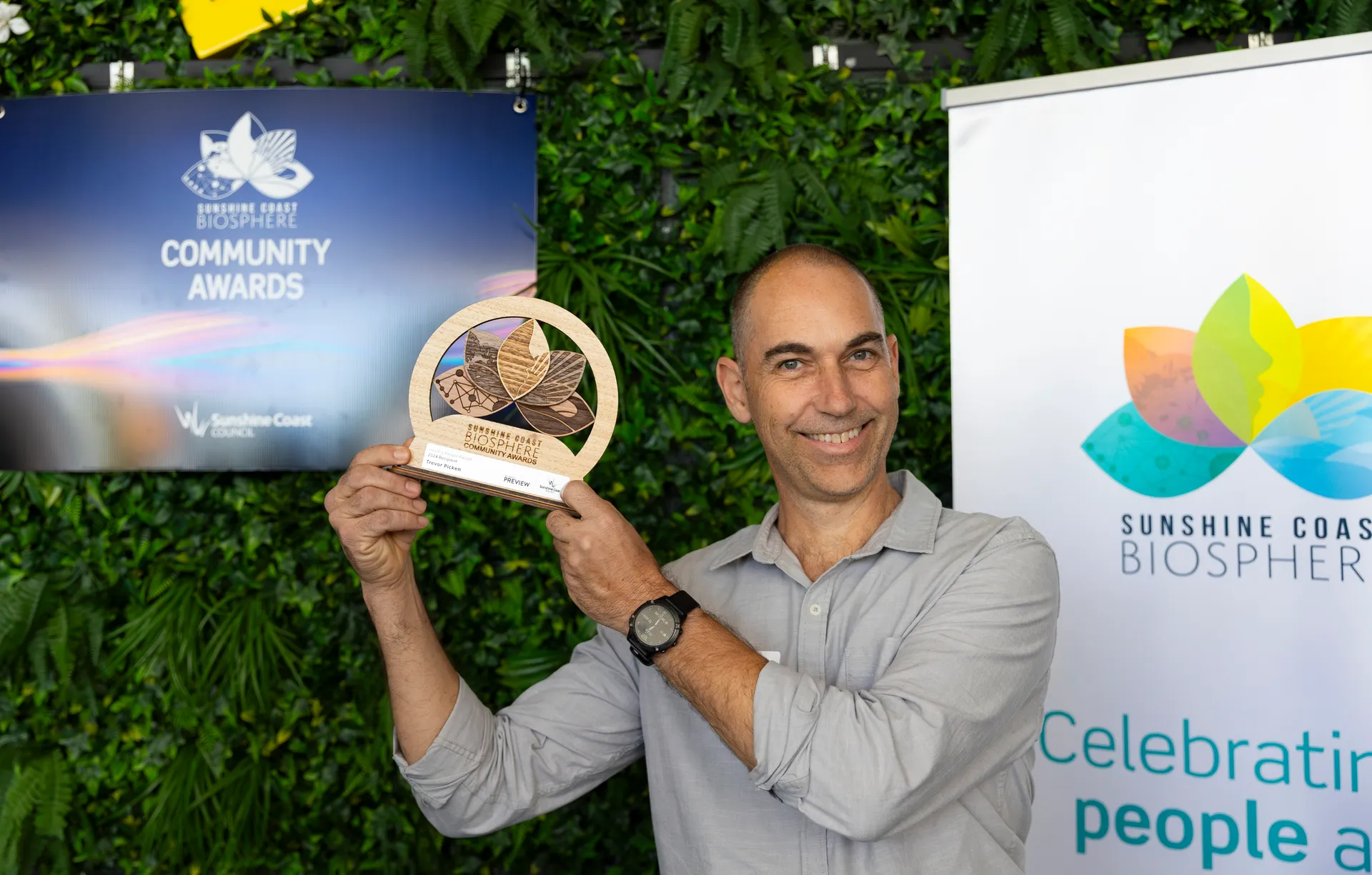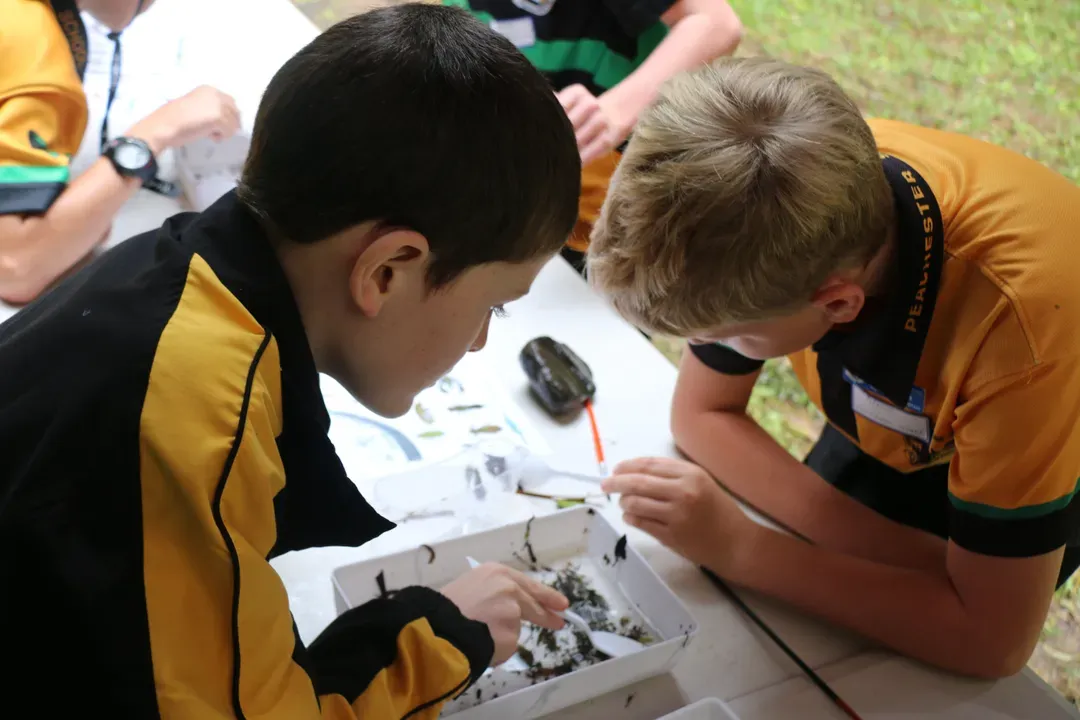June Garden Tips - The Micro Gardener
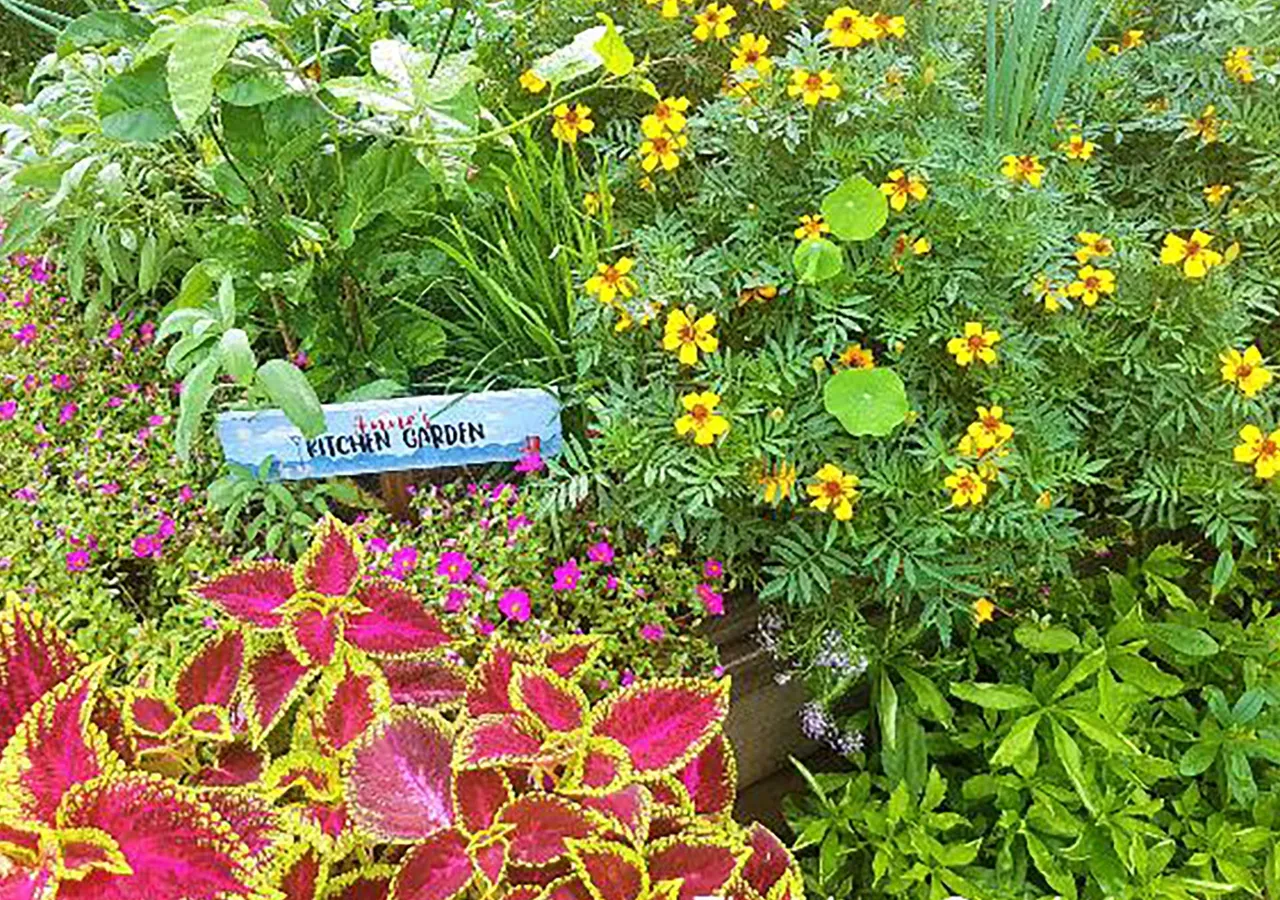
Here in SE Queensland Australia, we’ve had horrendous weather with flooding and heavy rains recently. We skipped our usual Autumn with unseasonal high humidity!
Now temperatures are pretty much normal for winter in June. The sun has returned, so plants are photosynthesizing again.
I love the crisp mornings and am trying to make up for some of the losses that occurred with torrential rain for weeks. It’s gutting to lose 100 garlic after putting so much time, effort and money into them. So I have been pre-sprouting more bulbs to play catch up and just planted more. This is a technique I figured out by accident when a bulb of garlic was sitting on my bench in a bit of water and started to grow roots! It’s a brilliant time-saver. Garlic is expensive to buy but easy to grow. Visit my 5 Step Guide tutorial.
It’s one of the most pleasant times of year to be outdoors in the garden. Few pests are in residence as they tend to overwinter. It’s an easy time to enjoy abundant harvests without the need for shade and crop covers. Download what to do in your garden in subtropical Queensland, Australia for local gardeners in my climate.

In my kitchen garden making potting mix, fruit and vegetable harvests and pre-sprouted garlic
Since moving to my new property six months ago, I’ve had to start a garden from scratch. I brought a wide variety of fruit trees, vegetables, herbs, flowers and perennials with me in pots. I’ve gradually been adding raised beds, building healthy living soil and transplanting them a little at a time.
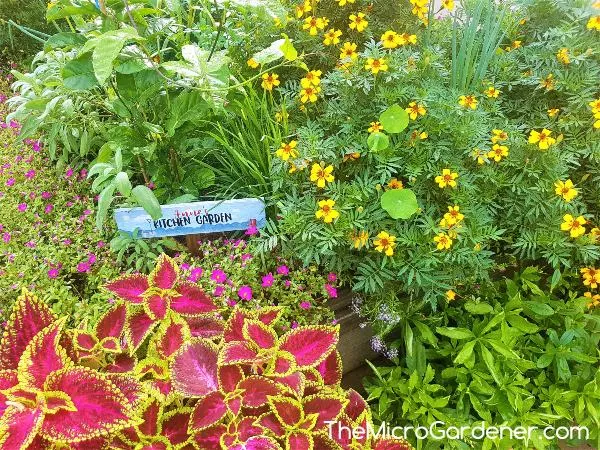
Patch from Scratch – My raised bed Kitchen Garden is full to the brim with herbs, vegetables and flowers
I’ve also been raising seeds and sowing seedlings and after just a few months, have a highly productive garden with biodiversity, pollinators, beneficial insects and lots of worms.
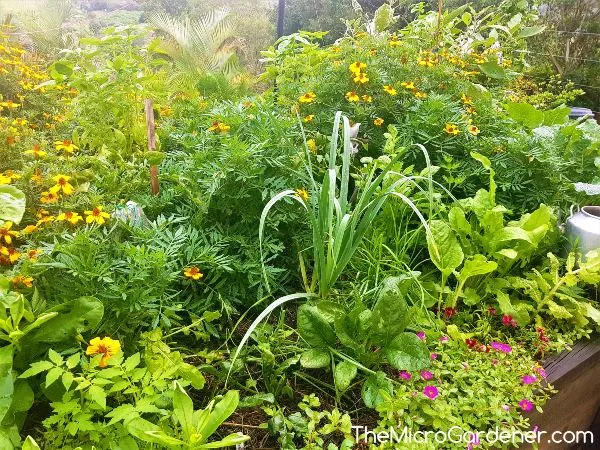
This raised Kitchen Garden bed has specific companion plants to maximise vegetable pollination, aromatic herbs for health, flavour and pest management + edible flowers
At the far end, I’ve installed vertical structures to support climbing spinach, beans and peas. This design improves airflow and access to sunlight. Growing UP reduces disease and increases available growing space in a compact space. Good design is essential in every garden regardless of size to optimise productivity.
The new garden below was just grass and weeds in February. I’ve transformed it into a thriving ecosystem with beauty, bees and abundance since then. Flowering orange cosmos, salvias, marigolds, nasturtiums, canna lilies and portulacas are all bee magnets helping improve pollination.

My top Terrace Kitchen Garden is 4 months old and highly productive with tomatoes, capsicum and eggplant harvests and many other edibles including herbs, comfrey, pawpaw, sorrel, zucchini, sweet potato, pumpkins and spinach
If you’d like to discover shortcuts to grow an abundant healthy food garden like mine, consider my garden coaching services. I’d love to help you create a patch from scratch with incredible edibles that heal, feed and support your health and wellbeing.
In subtropical areas, my advice at this time of year is: While the weather is still cool, prepare for spring and sow as much as you can. Many plants are giving me clues that we may get an early spring and winter is going to be very short this year. The brassica (cabbage) family thrives in cooler temperatures so start from seedlings if you haven’t got any in already. This family includes broccoli, cauliflower, rocket, kale, Asian greens and mustard. Choose smaller varieties so you get a quicker harvest. You don’t have to compromise on yield, just size. No problem if you haven’t got the room to grow space-hungry crops like broccoli and cabbage. Sprout seeds or grow them as microgreens instead! They are so nutritious, quick to germinate and ideal for small gardens.
Continue making healthy soil by adding your kitchen and garden waste to compost. Always cover your soil with mulch. Fast-growing annual flowers help attract pollinators. Flower nectar and pollen encourage predatory insects to visit your garden. They are a vital natural army to help with pest management in spring. Plant in harmony with the moon phases for faster germination and strong, robust growth.
Download a PDF of the tips here: themicrogardenermedia




